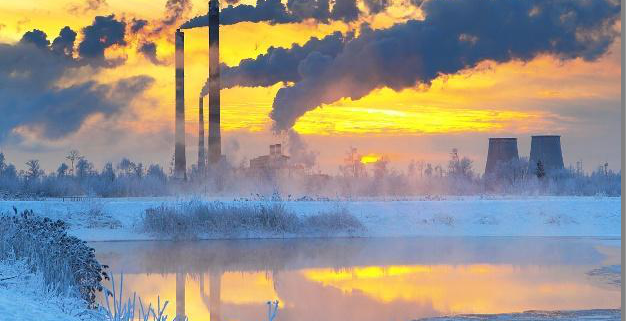Pyrolysis and incineration are two very important methods for processing solid waste. Pyrolysis and incineration have certain differences in terms of processing conditions, products produced, and applicable conditions.
The difference between pyrolysis and incineration method 1: different oxygen supply conditions
Incineration refers to the process of garbage with certain calorific value energy undergoing thermochemical reaction under aerobic conditions. Incineration is the process of releasing heat. Whether garbage can be incinerated depends mainly on whether its calorific value is sufficient to dry itself and maintain a certain high incineration temperature. The general volume of solid waste after incineration can be reduced by 80% -90%. Incineration is an important way to achieve the harmlessness, recycling and reduction of garbage.
Pyrolysis, also known as retorting, thermal decomposition or carbonization, refers to the process in which organic matter is decomposed by heating under oxygen-barrier conditions, and flammable solid waste is decomposed at high temperature, which eventually becomes a form of combustible gas, oil, solid carbon, etc. Pyrolysis is an endothermic process, and the heat stored in solid waste is stored in the form of the above-mentioned substances and becomes a valuable fuel for storage and transportation.
Difference between combustion method and pyrolysis method: different products after combustion
The result of incineration is the production of a large amount of waste gas and some waste residues. Apart from the use of sensible heat (such as the heat generated by incineration can be used for heating and power generation), there is no other utilization method, and the environmental problems are relatively prominent. Pyrolysis produces combustible gas, oil, etc., which can be recycled in various ways. Its energy recovery is good, and environmental pollution is small.
The difference between combustion method and pyrolysis method three: different applicable conditions
Pyrolysis technology is widely used in municipal solid waste treatment, charcoal production, coal retorting, petroleum reforming, and carbon black manufacturing. Combustion technology is mainly used for municipal solid waste treatment.



